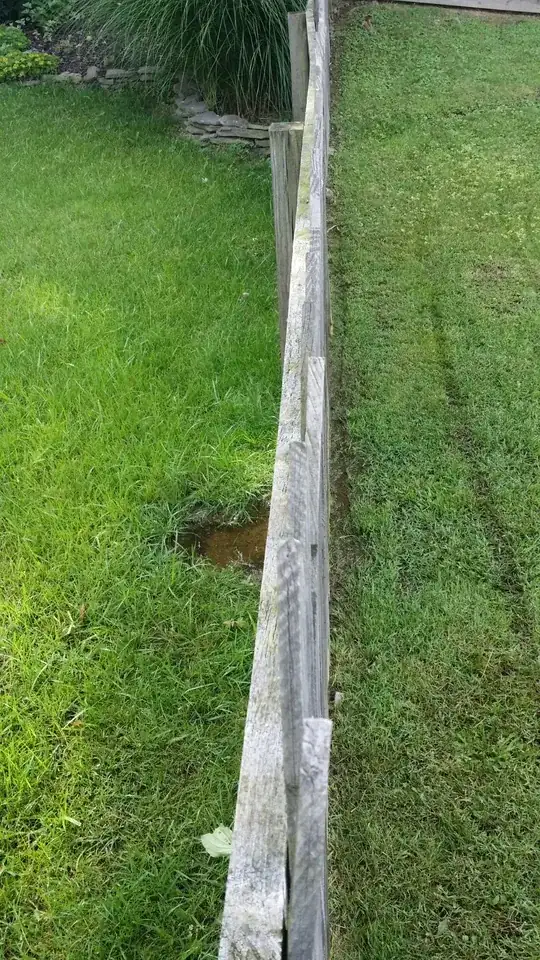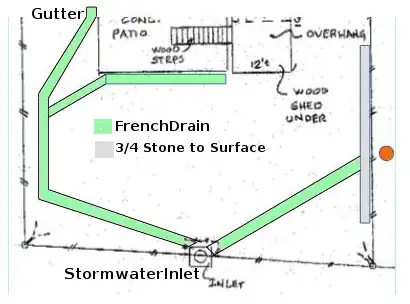I'll be digging a few french drains in my backyard. I'll need to dig the trenches, smooth them out with right slope; put in a few inches of drainage stone; lay the pipe; more drainage stone; top off with topsoil.
I have to run about 160' all total over 3 branches. My yard is about 12-18" dirt, then 18" of very moist clay, about 3' down I'll hit water. The Mini-X seems well suited to the task but i'll need to go back and forth to gather and place the stone. My backyard isn't terribly big - it's about 3K square feet total.
Which would you rent from Home Depot - the Mini-X or the Backhoe?
--Updated information -- My problem is that my lawn is nearly always soaking wet. In addition to the heavy clay and high water table, I have a wonderful neighbor that installed a drain pipe of his own - and exits it 6 inches away from the property fence - and right into my lawn. The result is half of my lawn is pretty much just shy of mud all the time.
In the back of my yard i have one of the county's stormwater drains - i'll exit into that. Originally I had thought just connect PVC to both my house's gutters and run one over to the fence line - but then I stumbled across this video. https://www.youtube.com/watch?v=k7goh7iDCx0 which isn't too far off from my yard.
My idea was to put in a drainage that primarily gets rid of the water being forced into my yard and to assist in draining out the high water table water also.
When i look up drain tile - it seems like it is a french drain? https://www.uswaterproofing.com/learning-center/what-is-drain-tile-101-how-drain-tile-works
Neighbor property on the left, mine on the right.
